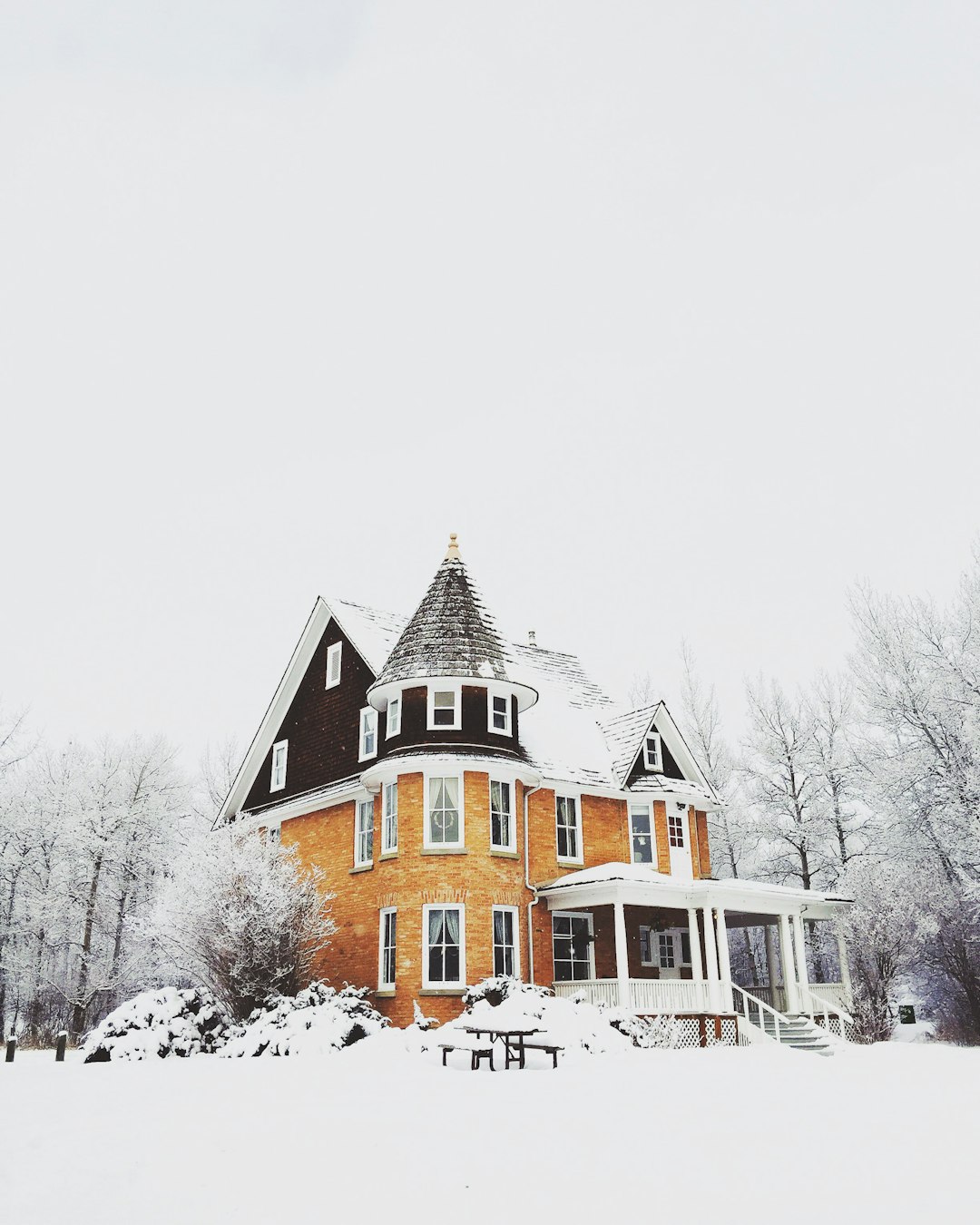Heritage and historical homes are irreplaceable cultural artifacts that require specialized preservation techniques to maintain their significance. The process involves a thorough assessment by heritage conservation experts who document the existing conditions and understand the original construction methods to restore these homes with authenticity, while also integrating modern functional needs in line with best practices for heritage conservation. This work demands a scientific yet sensitive approach, ensuring that the homes' original features are preserved and respectfully incorporated into contemporary living spaces. The restoration of these homes is not just about physical repair but also about honoring their historical narratives and ensuring they remain integral to their communities' identity. It involves using sustainable materials and practices to minimize environmental impact while maintaining the homes' architectural integrity, often employing recycled timber, reclaimed stone, and advanced insulation. The restoration is further supported by regulations such as the Historic Sites Act, incentives like the National Register of Historic Places, and tax credits like the Federal Rehabilitation Tax Credit, which encourage preservation efforts and provide financial benefits to owners. This approach not only preserves America's architectural heritage but also creates opportunities for investment in our cultural legacy.
Heritage homes stand as testaments to history, embodying architectural integrity and cultural legacy. This article delves into the nuanced process of restoring these treasures, highlighting the importance of preserving their authenticity through a comprehensive approach to restoration. We explore the pivotal roles of preservationists and architects in maintaining the distinctive features that define historical homes. Additionally, we examine sustainable materials and innovative techniques that ensure these residences remain both functional and faithful to their origins. Finally, we navigate the legal landscape of protections and incentives available to safeguard the future of these irreplaceable structures. Join us as we journey through the intricacies of heritage home restoration.
- Assessing the Integrity of Heritage Homes: A Comprehensive Approach to Restoration
- The Role of Preservationists and Architects in Maintaining Historical Home Characteristics
- Sustainable Materials and Techniques for Renovating Heritage Homes
- Navigating Legal Protections and Incentives for the Restoration of Historic Residences
Assessing the Integrity of Heritage Homes: A Comprehensive Approach to Restoration
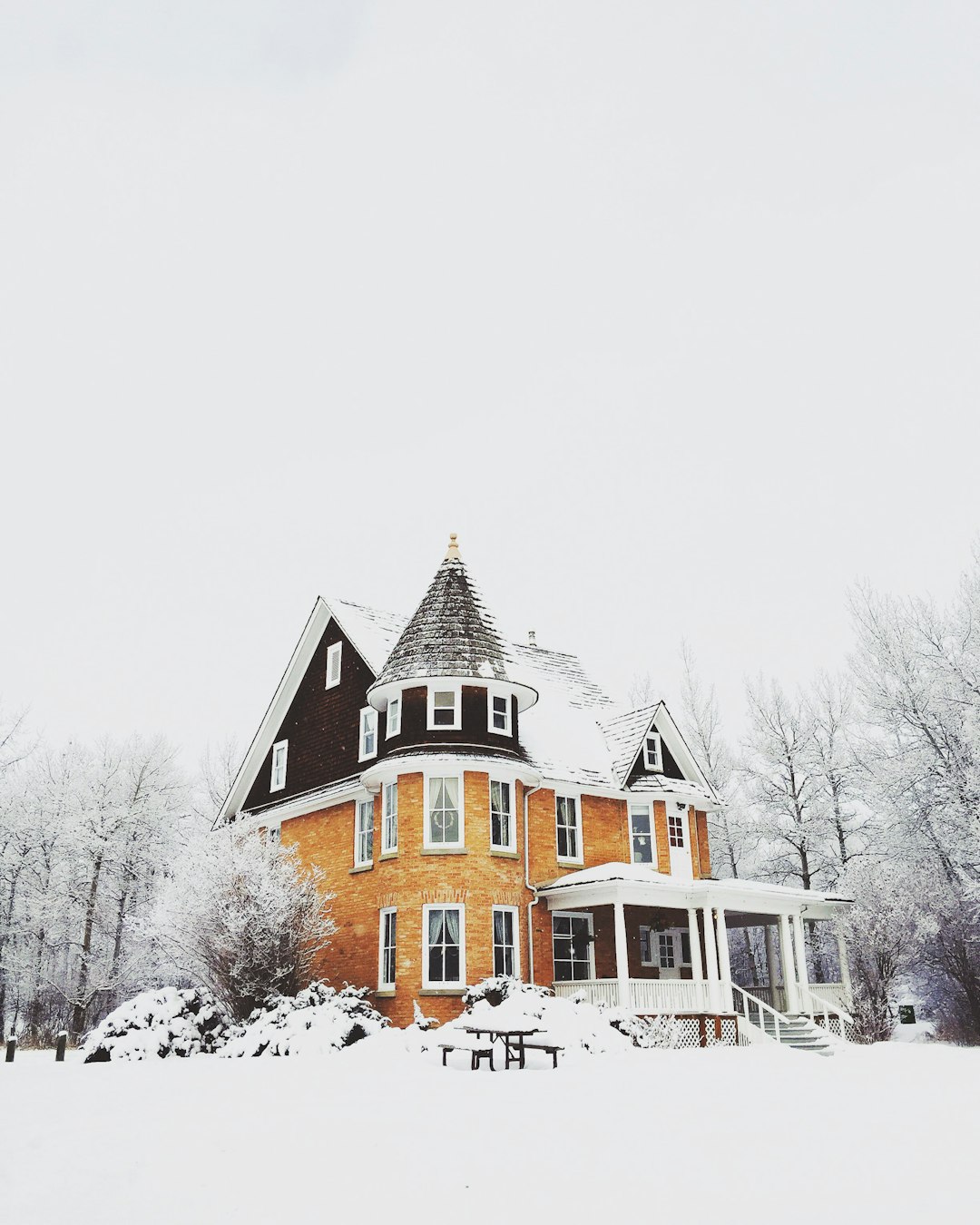
Preserving the integrity of heritage homes requires a meticulous and informed approach that respects both the architectural significance and historical context of these structures. Restoration efforts must be rooted in a thorough assessment of the home’s current condition, materials, and craftsmanship to ensure authenticity is maintained. This involves documenting existing conditions through detailed surveys, understanding original construction methods, and identifying any deterioration or alterations that have occurred over time. The goal is to restore these homes to their former glory while addressing modern functional needs, all the while adhering to best practices in heritage conservation.
The restoration process begins with a comprehensive analysis of the property by qualified professionals, including architects and historians who specialize in heritage buildings. This analysis includes an evaluation of the structural stability, materials used, and design elements that contribute to its historical character. The approach is holistic, encompassing not just the physical fabric but also the intangible qualities that make a home a piece of living history. Through this careful process, these homes are brought back to life with respect for their original state, ensuring they continue to serve as tangible reminders of our past and as treasured landmarks within our communities.
The Role of Preservationists and Architects in Maintaining Historical Home Characteristics
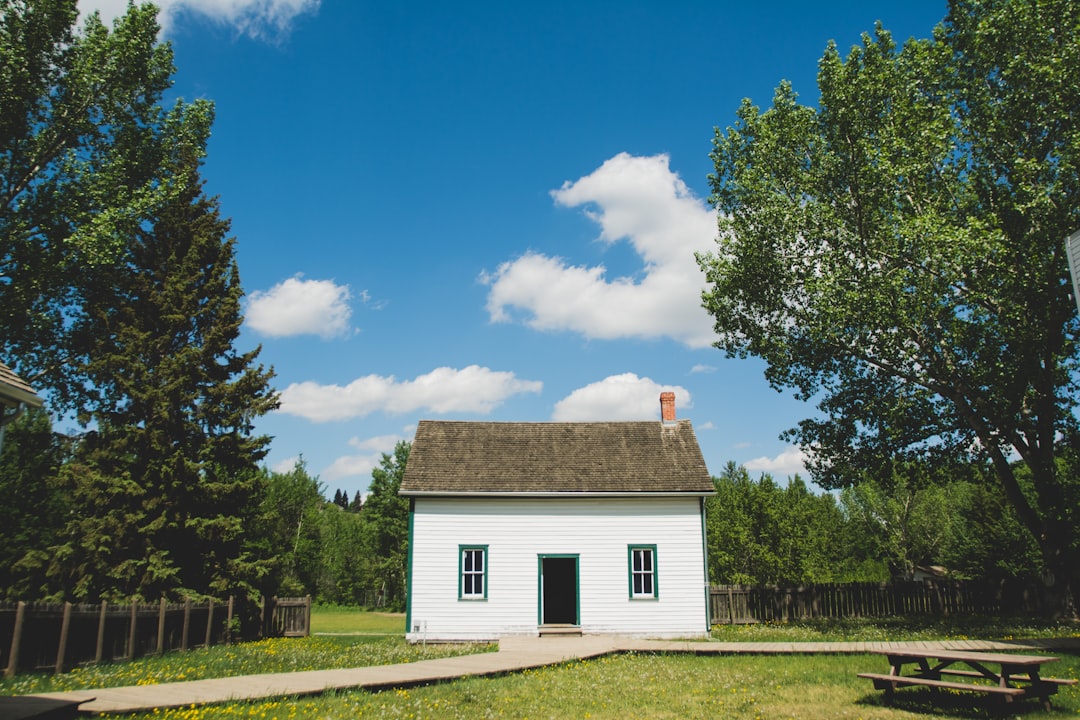
Preservationists and architects play a pivotal role in safeguarding the integrity of heritage homes. These professionals are tasked with the delicate duty of maintaining the historical characteristics that define these dwellings. Their expertise is crucial in understanding the architectural styles, materials, and craftsmanship techniques of bygone eras. Through meticulous documentation, they capture the essence of each home, ensuring that any restoration adheres to the original design and construction methods. This commitment to authenticity preserves the narrative and value of these homes, allowing future generations to experience a tangible piece of history.
In the realm of restoration, architects and preservationists work in tandem with historians, craftsmen, and conservation experts. They employ a conscientious approach that respects the home’s historical significance while addressing practical considerations such as structural integrity, energy efficiency, and safety. Their efforts are instrumental in rehabilitating heritage homes so that they can continue to stand as testaments to their period, all the while becoming functional and comfortable for contemporary lifestyles without compromising their historical character.
Sustainable Materials and Techniques for Renovating Heritage Homes
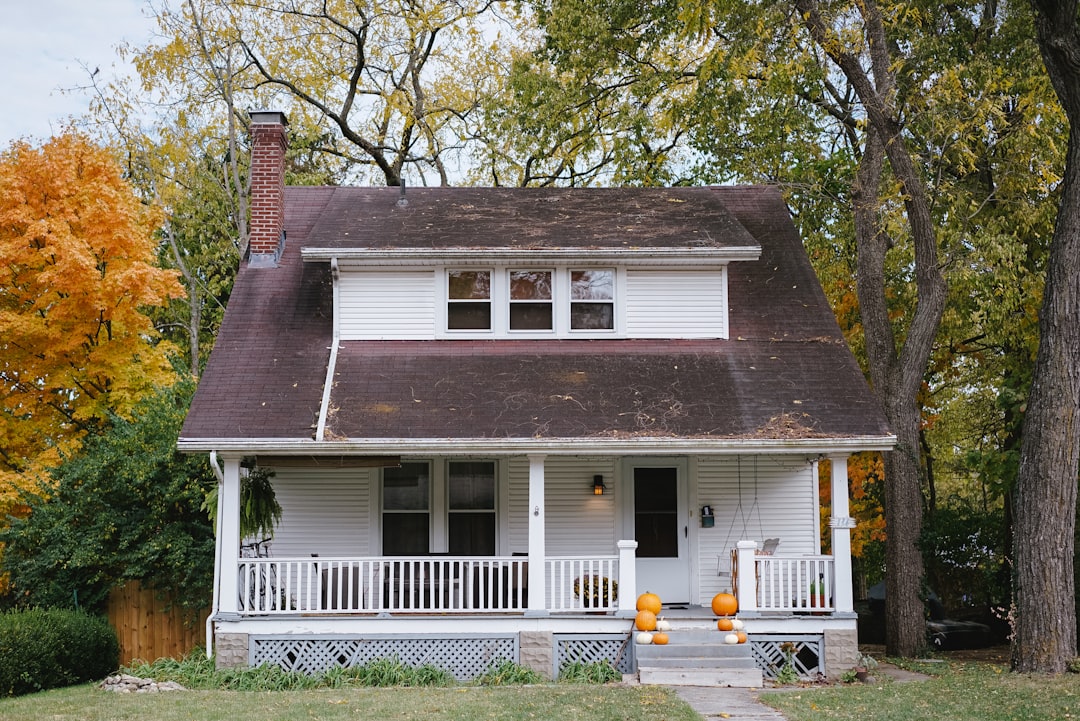
When undertaking the restoration of heritage homes, the selection of sustainable materials and techniques is paramount to preserve their historical integrity while minimizing environmental impact. These homes serve as living testaments to architectural styles and craftsmanship of bygone eras, and thus require a delicate hand in modern renovations. The use of environmentally friendly materials such as recycled timber, reclaimed stone, or sustainable insulation options not only aligns with contemporary sustainability goals but also mirrors the resourcefulness of past construction methods. Contractors skilled in traditional techniques collaborate with conservation experts to ensure that any interventions are both respectful of the home’s original character and kind to the planet. This harmonious blend of heritage preservation and sustainable practices ensures that these homes can endure for future generations, maintaining their significance as historical landmarks while also promoting eco-friendly construction principles. The application of modern technologies like energy-efficient systems and renewable energy sources, when appropriately integrated, can significantly enhance the comfort and functionality of these homes without compromising their authentic charm. It is through such careful considerations that the essence of heritage homes is honored and their contribution to our architectural legacy is safeguarded for years to come.
Navigating Legal Protections and Incentives for the Restoration of Historic Residences
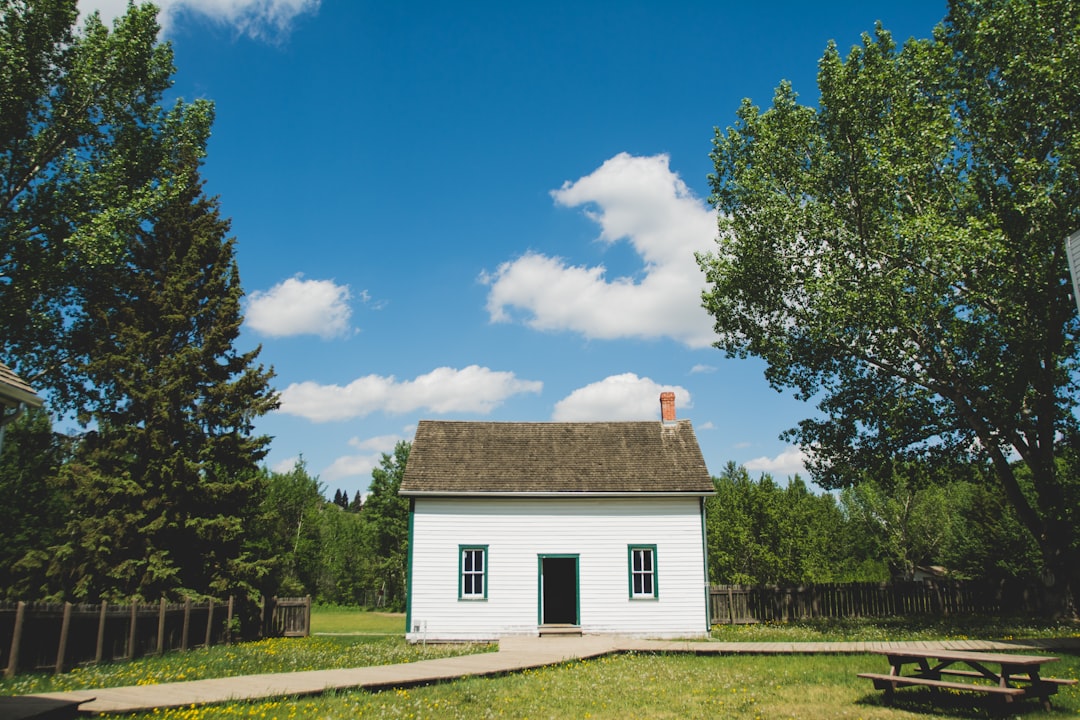
When embarking on the restoration of heritage homes or historical residences, it’s crucial to engage with local and federal regulations that safeguard their integrity. These structures are not just dwellings; they embody the cultural and architectural history of a community. Homeowners must navigate legal protections designed to preserve these treasures for future generations. This involves understanding the Historic Sites Act, which provides a framework for the identification, evaluation, registration, and protection of sites, buildings, structures, and objects of historical or architectural significance. Additionally, the National Register of Historic Places offers recognition and federal tax incentives for rehabilitation projects, encouraging the preservation of these homes while allowing for modern updates to ensure they remain functional and sustainable.
Incentives for the restoration of heritage homes are multifaceted, extending beyond legal protections to include financial benefits. The Federal Rehabilitation Tax Credit, for instance, offers a significant reduction in federal income tax for qualified rehabilitation expenditures. This incentive, combined with state and local tax credits where available, can make the restoration of historical residences not only a matter of preserving our cultural legacy but also a viable investment opportunity. It’s imperative for property owners to liaise with historical societies, government agencies, and tax credit administrators to fully leverage these benefits. This collaboration ensures compliance with conservation standards, facilitates access to expert guidance, and ultimately contributes to the preservation of America’s architectural heritage.
Heritage homes stand as testaments to our past, embodying architectural significance and cultural heritage. The careful restoration of these treasures is a delicate task that demands a nuanced approach, combining the expertise of preservationists and architects with sustainable practices. By adhering to comprehensive assessment methods and employing innovative yet sympathetic materials and techniques, we can ensure the longevity and integrity of these homes. Navigating the legal frameworks and incentives available further facilitates this noble endeavor. In doing so, we not only honor our history but also contribute to a sustainable future, safeguarding these irreplaceable pieces of our built environment for generations to come. The commitment to preserving heritage homes is a commitment to preserving our collective identity and legacy.
